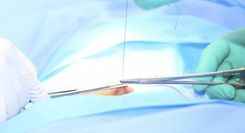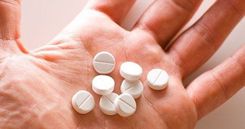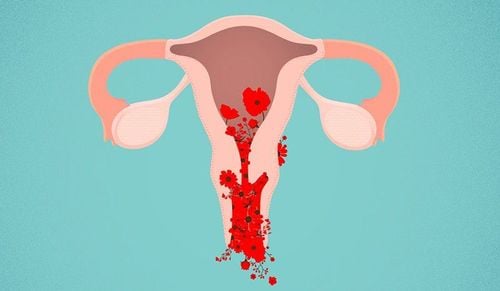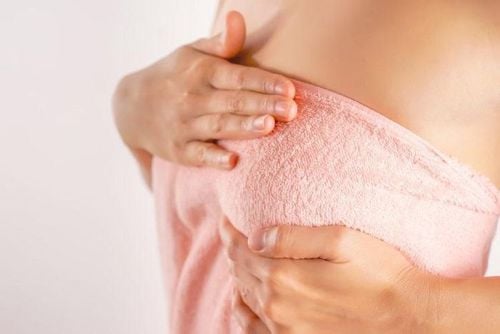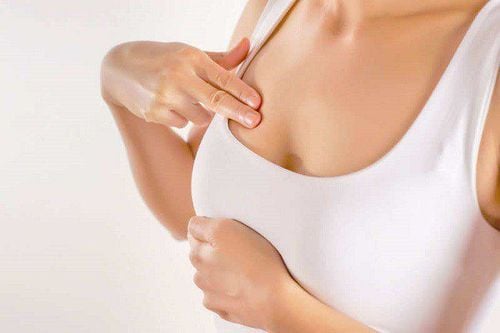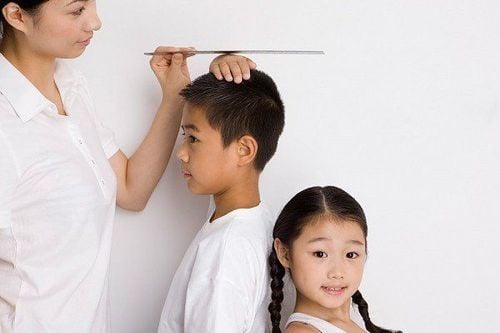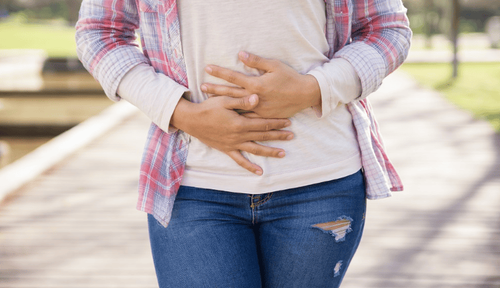Women’s breasts come in a wide variety of shapes and sizes. During puberty, a girl’s chest gradually transforms from being "flat" to developing into fully formed breasts. So, how do girls' breasts develop during puberty, and what should be noted?
1. When do breasts begin to develop?
As girls enter puberty, their breasts begin to develop due to changes in hormone levels and the endocrine system producing a surge of sex hormones.
Girls usually begin breast development between the ages of 11 and 12. However, some girls may start as early as 7-8 years old or as late as 15 years old.
If a girl is 13-14 years old and her breasts have shown no signs of development, it is advisable to consult a doctor.
- Factors Affecting Breast Development:
- Genetics
- Body Weight
- Exercise and Physical Activity
- Nutrition
- Stress Levels
- Chronic Illnesses
2. Breast development process during puberty
2.1 Stage 1
This stage begins around the ages of 8-12.
The nipples start to bud, and a pinkish circular area (areola) appears.
This process typically lasts for a relatively long period.
2.2 Stage 2
This stage occurs around the age of 13.
The chest begins to rise, and the breasts gradually take on a fuller shape.
The pink areola expands and becomes more sensitive.
2.3 Stage 3
At around 14 years old, the breasts are slightly more elevated.
The areola continues to enlarge, and the breasts become more distinct and prominent on the chest.

2.4 Stage 4
This stage typically occurs between the ages of 15-16.
The breasts experience significant growth in size, and the child may feel soreness or discomfort in the chest area, which can cause fatigue.
2.5 Stage 5
Between the ages of 16-18, the breasts reach their full and final development.
It is recommended to include certain breast-supportive foods in the diet, such as soy milk, strawberries, eggs, and green vegetables.
3. Additional totes on breast development in girls
The size of the breasts is not determined by the age at which development begins. During the growth phase, it is entirely normal for the two breasts to develop unevenly. Typically, one side may grow faster than the other before balancing out. By the end of the development phase, the breasts will usually appear symmetrical, with a stable size.
If a girl reaches 18-20 years of age and the breasts are still uneven in size, there is no need to worry too much. Hormone production in the body continues over time, and the unevenness often resolves gradually. However, if there is a significant size discrepancy, it is advisable to consult a doctor for evaluation and potential treatment.
Girls may feel mild itching or pain in the breast area as they develop. The side that is growing faster often experiences more discomfort. If the breasts become excessively swollen or painful, it is best to consult a doctor.
If a nipple inverts (pulls inward), it is generally normal and does not affect health. However, it may cause difficulties during breastfeeding later in life. If the nipple was previously normal but suddenly becomes inverted, it is essential to see a specialist for an examination to determine the cause.
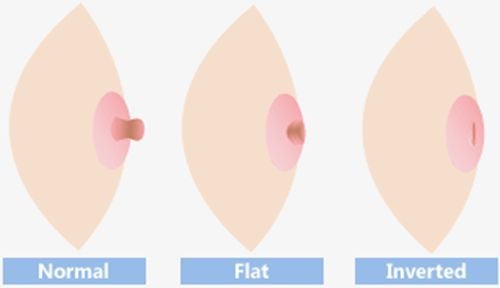
During puberty, the internal glands within the breasts begin to develop rapidly. As a result, hard lumps may be felt upon touching the breasts. This phenomenon typically disappears after puberty. Parents should educate their children about the physical changes that occur during puberty, so that they are less confused or anxious and are able to recognize and manage any unusual developments during this stage.
Puberty is a transitional phase from childhood to adulthood, and it is important for parents to spend extra time supporting and caring for their children. If signs of early puberty in girls are detected, parents should take their child to see a doctor for advice. This will help adjust lifestyle habits and ensure healthy development according to their age.
Please dial HOTLINE for more information or register for an appointment HERE. Download MyVinmec app to make appointments faster and to manage your bookings easily.


